Network Rail has used nearly two-thirds of its £1.7 billion risk fund in the first year of the five-year Control Period 7 (CP7, 2024-29).
It also plans to reduce renewals across the next four years, owing to constrained funding - something the Office of Rail and Road (ORR) has warned could lead to “additional deterioration” of infrastructure.
Network Rail has used nearly two-thirds of its £1.7 billion risk fund in the first year of the five-year Control Period 7 (CP7, 2024-29).
It also plans to reduce renewals across the next four years, owing to constrained funding - something the Office of Rail and Road (ORR) has warned could lead to “additional deterioration” of infrastructure.
The regulator’s annual assessment of Network Rail (NR) has said almost £1bn of the money set aside for input price risk and unplanned costs between 2024 and 2029 has been used.
Money from the fund has gone towards paying out more in response to reduced train performance, as well as higher costs and greater National Insurance contributions. This has left £760 million in the risk fund going into 2025-26.
ORR said NR will need to carefully manage financial risks to lower the risk of reducing the scope of delivery - potentially affecting train performance, efficiency and asset sustainability.
NR told RAIL it had not officially spent the £1bn taken from the risk fund, but instead had moved it to “different parts of the business plan” to cover issues such as the National Insurance increase.
“The majority of the risk fund is not yet spent,” a spokesman said.
“The risk fund is designed to be used to cover strategy issues such as higher inflation rather than day-to-day emerging issues.”
NR also said the fund is only part of the way it manages risk, adding: “If the risk funding is fully used up and if further risks then emerge, we would prioritise our funding accordingly, maintaining safety and looking to retain key passenger- and freight-facing outputs.
“If necessary, we would discuss with our principal funders, the Department for Transport and Transport Scotland, and with the regulator on the course of action we would take.”
On the subject of assets, the ORR review also said that NR is planning fewer renewals across CP7 compared with its initial delivery plan.
“Reduced renewals delivery plans risk additional deterioration of railway assets, which may lead to more asset failures and therefore disruption to train services in the long term,” the review said.
“It may also impact efficiency and lead to higher costs in future Control Periods.”
Regions of particular concern are Eastern, North West & Central, and Southern.
NR said the renewals reduction in Year 2 of CP7 is around 6%, saying: “The management of this involves rephasing, so the intended work will still get done, just likely in the summer of 2029 rather than in spring 2029 [at the very end of CP7].”
It pointed to work on the West Coast Main Line North being aligned with HS2 plans.
The drop in renewals means increased maintenance to extend the life of existing assets.
ORR said it is working with NR to improve its reporting and insight in delivering maintenance activity, and has commissioned an independent review which found there is “sufficient capacity to deliver the planned volumes early in the Control Period”, although it warned of “risks to delivering increase maintenance in later years”.
Despite this, ORR does not think these assets are at the safety-critical stage yet, but is wary of pushing too much to a point from which it’s hard to recover.
NR added: “We are confident that our mitigations are robust, to allow for extra time we need at some locations before renewing (for example, the deferral from spring to summer 2029).
“We have clear additional management actions that are mandatory in such circumstances to manage operations, safety and risk, so we are confident that the small reductions will not unduly impact on train reliability.”
NR also ended the first year of CP7 with a funding gap of £488m against a target of £450m.
The report commented: “Its regions have embedded further savings in their plans, but these have been largely offset by increased inflation and some renewals delivery issues causing cost overruns.”
NR said the funding gap was “created by the significantly higher inflation since the funding for CP7 was agreed with government”. It pointed to the WCML North being aligned with HS2 work as a way of reducing this.
Login to continue reading
Or register with RAIL to keep up-to-date with the latest news, insight and opinion.

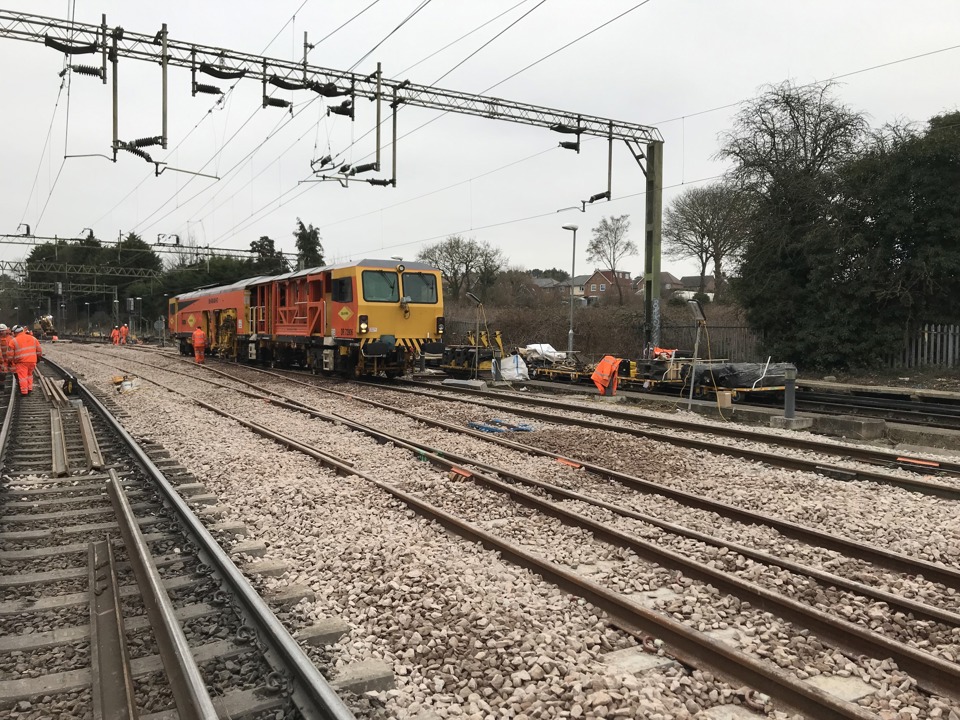

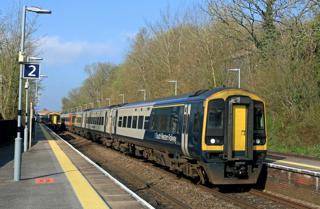
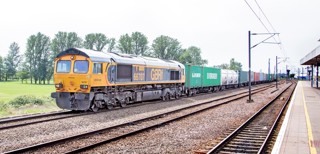
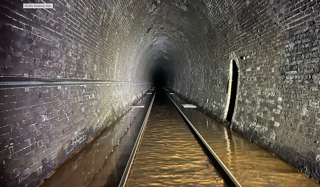
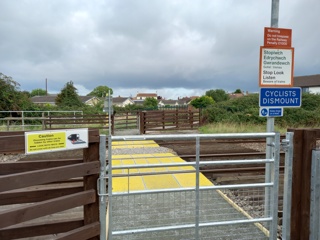
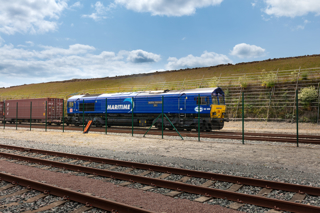
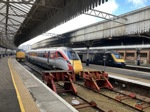
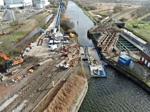
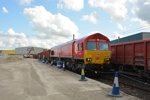
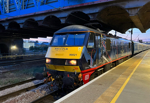
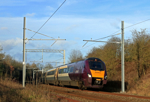
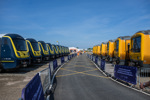



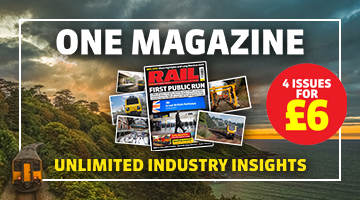

Login to comment
Comments
No comments have been made yet.